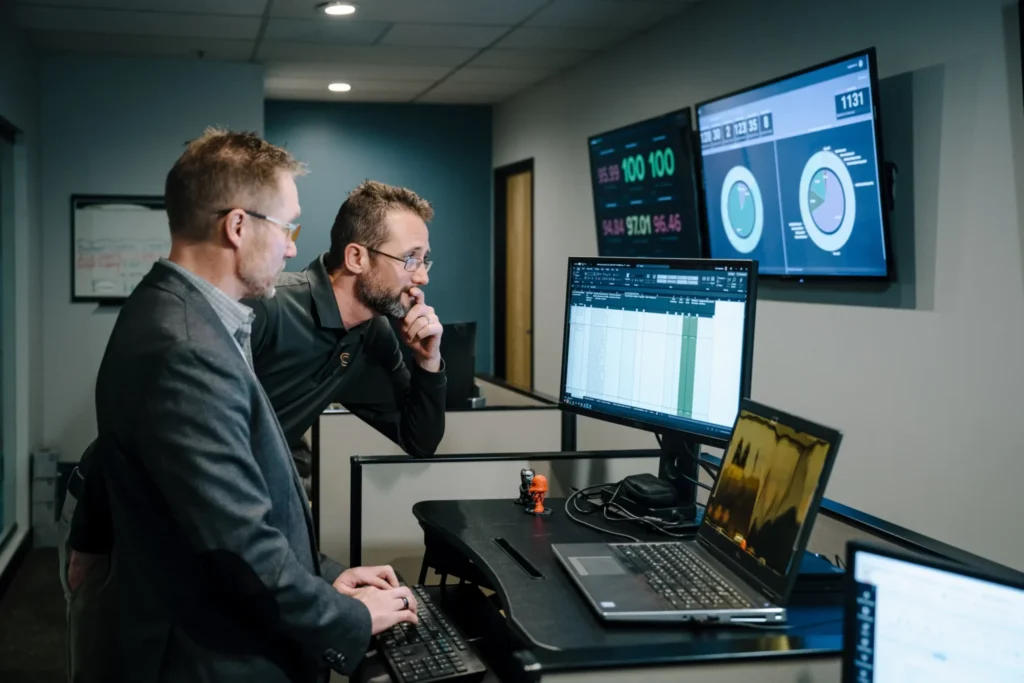Hackers have always sought ways to stay one step ahead of security systems. With the rise of AI, they’ve found an unprecedented ally.
In a world driven by technological advancement, artificial intelligence (AI) is a transformative force, revolutionizing industries and improving our daily lives. From self-driving cars to virtual assistants like Siri and Alexa, AI has permeated nearly every facet of our existence.
Artificial Intelligence, when used responsibly, can bring about immense benefits. However, in the wrong hands, it can have devastating consequences. Hackers are increasingly turning to Artificial Intelligence to enhance their attacks, making it harder for businesses to detect and prevent breaches.
Today, we dive into the dark underbelly of AI, exploring how hackers exploit this cutting-edge technology to wreak havoc and breach digital fortresses.
The Rise of AI-Powered Hacking – A Looming Threat?
Hackers have always sought ways to stay one step ahead of security systems. With the rise of Artificial Intelligence, they’ve found an unprecedented ally. Artificial Intelligence has the ability to automate tasks, adapt to new challenges, and make intelligent decisions, making it an ideal tool for those with nefarious intent. Hackers are leveraging AI in several ways:
Automated Attacks
AI-driven tools can autonomously scan and identify vulnerabilities in a network. This capability enables hackers to launch large-scale automated attacks, such as distributed denial of service (DDoS) attacks, which can overwhelm websites and services, causing widespread disruption.
Evading Detection
AI has empowered hackers to create increasingly sophisticated malware that can adapt and evade traditional signature-based security systems. Using machine learning, malware can morph and disguise itself, making it challenging to detect and eliminate.
Social Engineering
Hackers often exploit Artificial Intelligence-powered chatbots and deepfake technology to engage in social engineering. They use AI to impersonate trusted individuals or organizations, luring unsuspecting users into divulging sensitive information.
Credential Stuffing Attacks
AI-driven tools can rapidly test large datasets of stolen usernames and passwords across multiple sites and services, allowing hackers to gain unauthorized access to accounts. This has led to an increase in data breaches and identity theft.
AI-Enhanced Phishing
AI can analyze massive amounts of data to create highly targeted phishing campaigns. By understanding the recipient’s behavior and preferences, hackers can craft convincing messages that are more likely to trick individuals into clicking malicious links or downloading malware.
Data Manipulation
AI is used to manipulate or create fake data, compromising the integrity of information systems. Hackers can alter financial records, create counterfeit documents, and spread misinformation, causing significant damage to individuals and organizations.
Stay Vigilant When Using AI
While Artificial Intelligence has brought about incredible advancements and benefits to our world, its dark side cannot be ignored. Hackers have harnessed the power of artificial intelligence to orchestrate attacks on an unprecedented scale, making it essential for individuals and organizations to remain vigilant.
As Artificial Intelligence continues to evolve, so will the tactics of malicious actors. To combat the abuse of AI, we must invest in advanced cybersecurity measures, train cybersecurity professionals, and stay informed about emerging threats. In this ongoing battle, our knowledge and readiness are our best defenses against those who seek to exploit the very technology that defines our age.
Ready to get started?
If your business is looking to make advancements to your cybersecurity policies or invest in employee cybersecurity training, contact us. We can work with you to develop a total cybersecurity framework that includes updated cybersecurity policies and tailored cybersecurity training programs to build a more secure tomorrow!
This article is authored by Raphael Ebba, Security Engineer at Convergence Networks.














